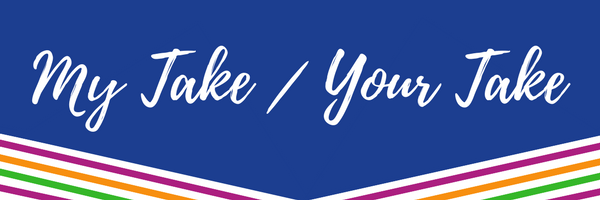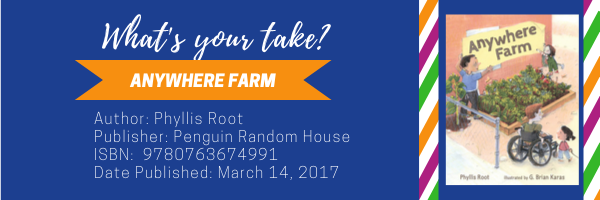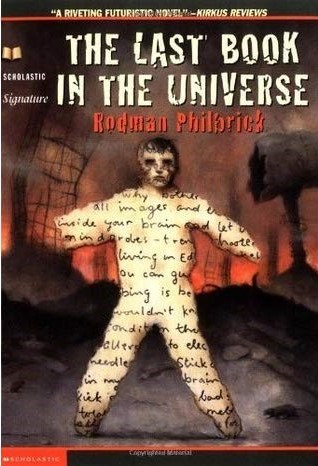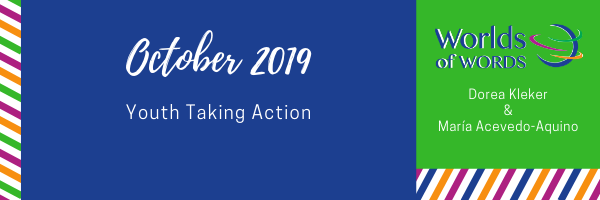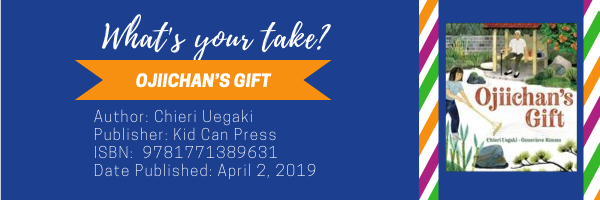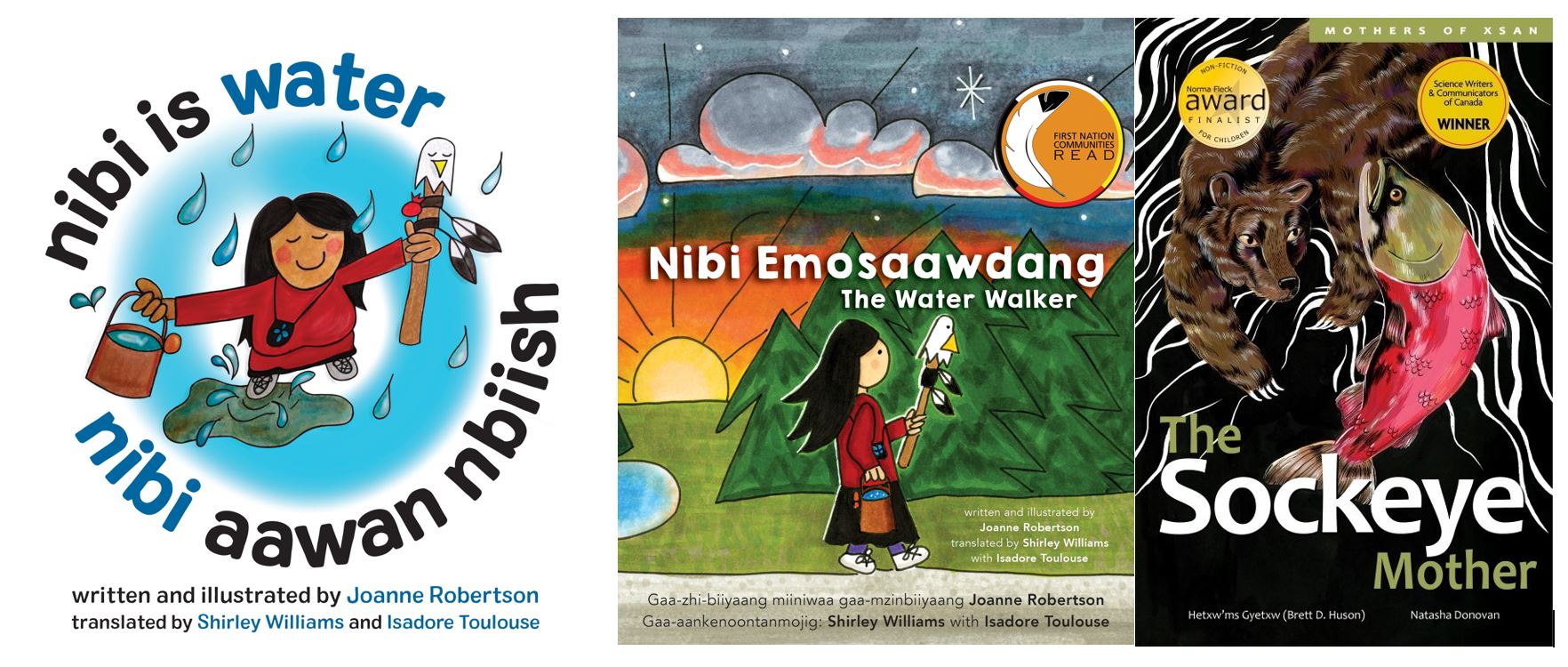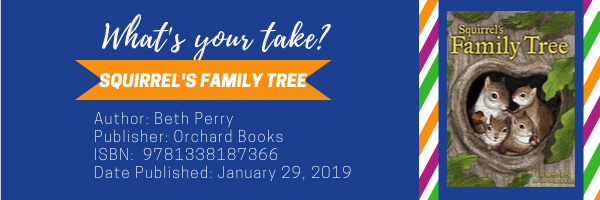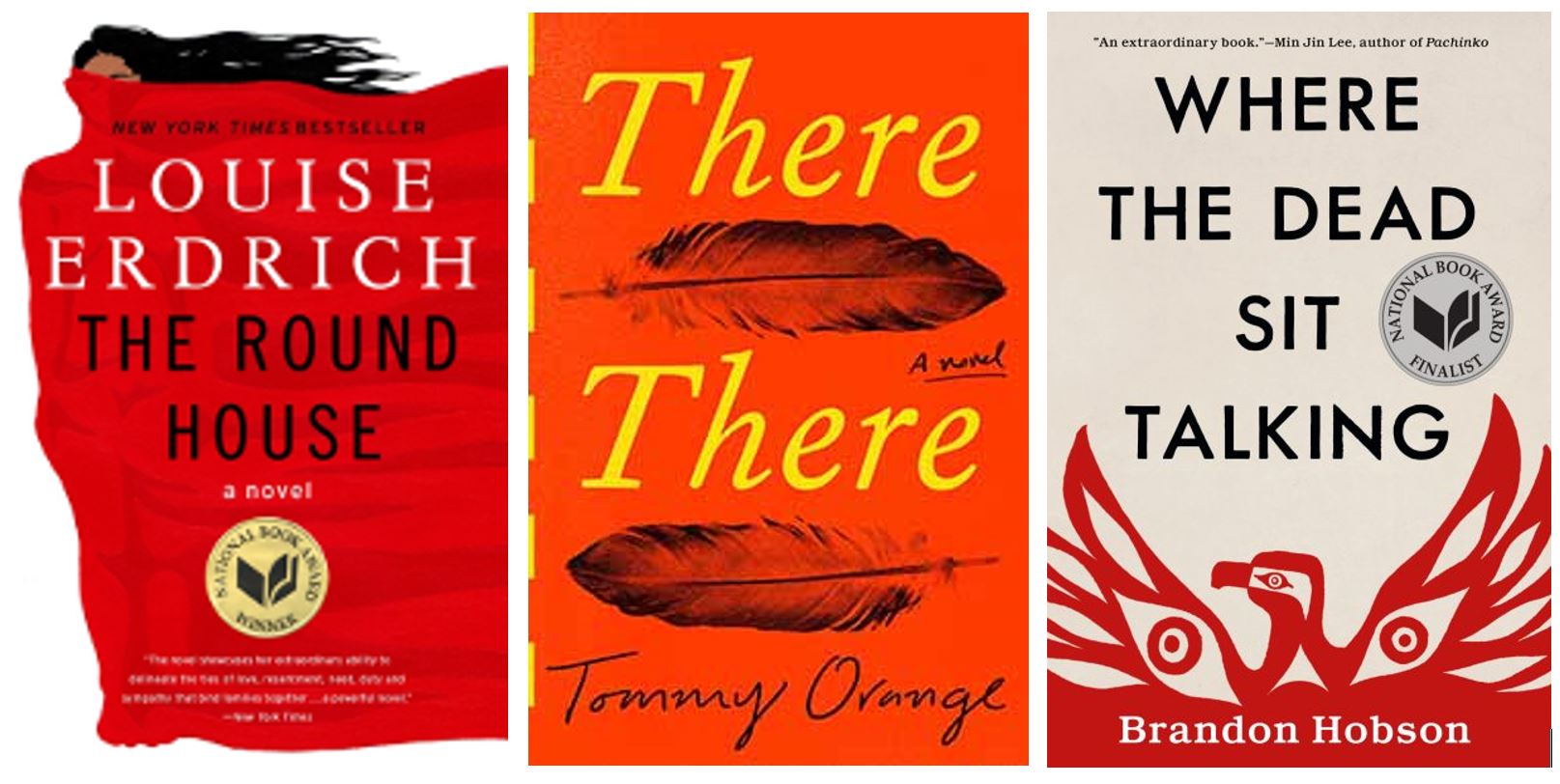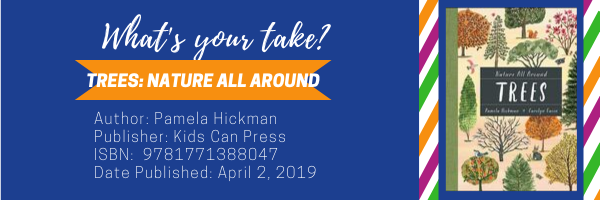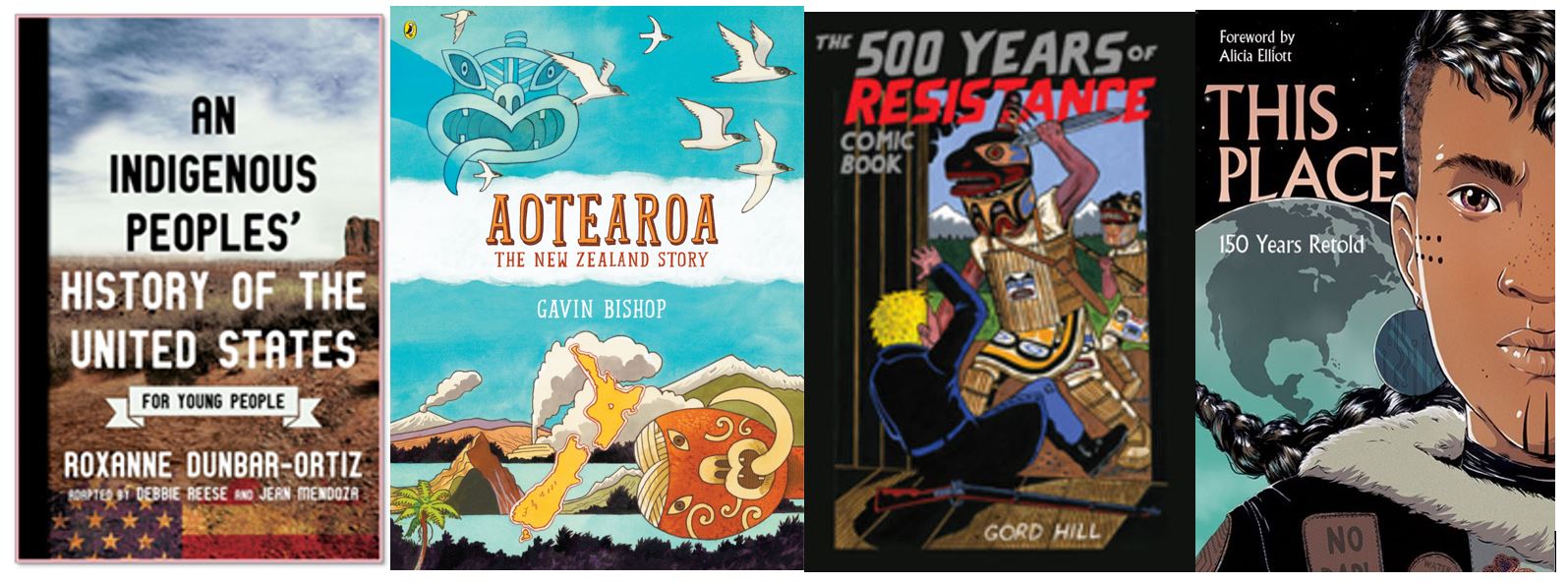Yoo Kyung Sung, University of New Mexico, Albuquerque, NM and Junko Sakoi, Tucson Unified School District, Tucson, AZ
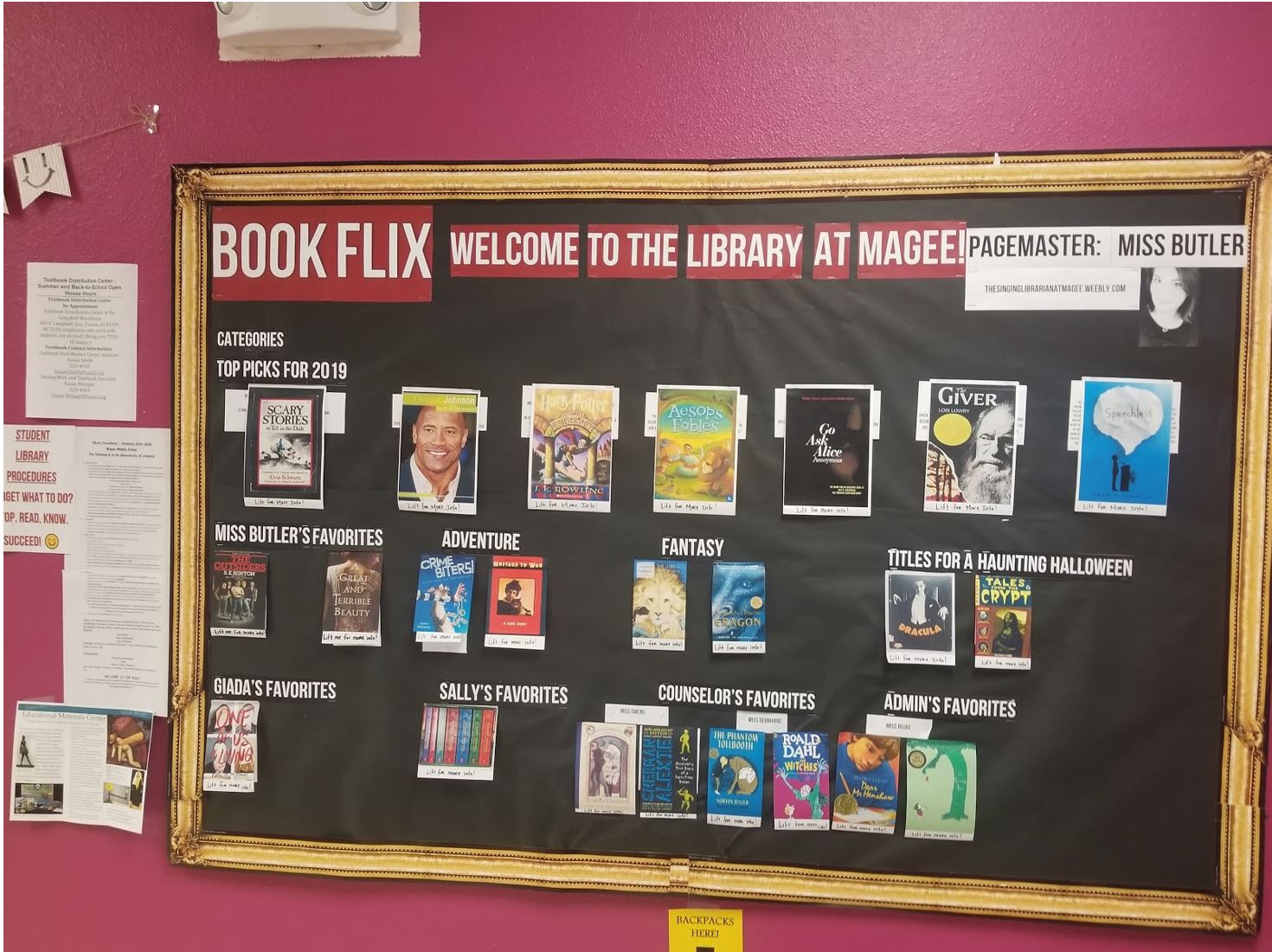
Magee is one of the largest middle schools in Tucson Unified School District (TUSD) in Tucson, AZ. Approximately, a third of the 650 students with diverse backgrounds are attending Magee middle school. Students are provided with various STEAM opportunities (science, technology, engineering, arts, and math). The school also offers classes in areas such as theater, computer science, and robotics, among others. Above all, Magee’s library provides rich learning opportunities to digital native students in ways that are relevant to their cultures. The library has been responsive to changes in learning environments in school and society. Continue reading


